AI chatbots are a cost-effective tool that can handle a significant portion of routine customer inquiries. For instance, consider a customer support team of 15 agents, each earning an average salary of $35k per year. This amounts to a total of $525k per year. By implementing chatbots, businesses can save around 30% or more, which translates to $157k in savings per year.
Chatbots can handle a wide range of common customer inquiries, such as “How do I make an order?”, “Where can I find the closest store?”, or “What are your working hours?”. By automating these routine tasks, businesses can free up their human agents to focus on more complex issues, thereby enhancing efficiency and reducing costs.
For example, an accountancy firm managed to handle increased inquiry volumes without incurring significant costs by integrating AI chatbots into their customer service operations. The chatbots provided instant support and accurate responses, significantly enhancing client experiences.
“AI chatbots are a cost-effective tool that can handle a significant portion of routine customer inquiries. By implementing chatbots, businesses can save around 30% or more, which translates to $157k in savings per year.”
Here are more ways AI chatbots can reduce customer support costs:
Automating Routine Inquiries
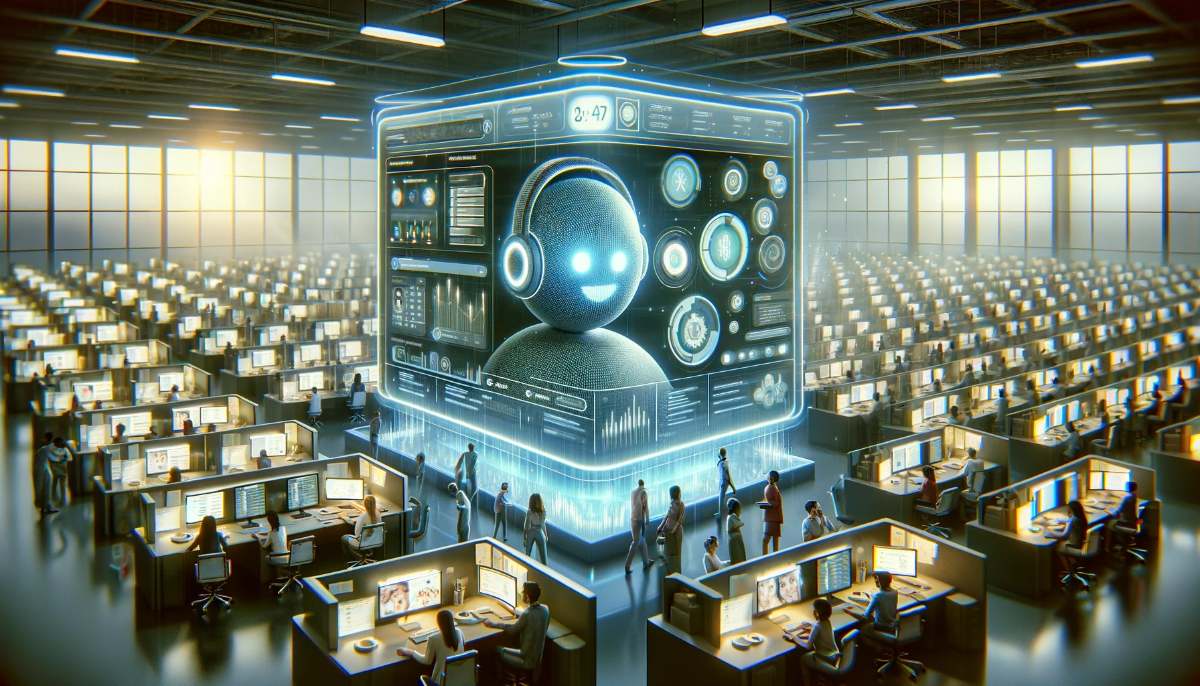
AI chatbots have become a crucial tool in customer support, particularly in handling routine inquiries. These inquiries often make up a significant portion of customer questions, sometimes as much as 80%. The ability of chatbots to manage these inquiries has a profound impact on the efficiency and cost-effectiveness of customer support operations.
Consider a typical customer support scenario. A customer contacts support with a common question, such as “How do I reset my password?” or “What are your business hours?” Traditionally, a human agent would need to respond to this inquiry, taking time away from more complex tasks. However, with an AI chatbot, this routine question can be answered instantly and accurately, freeing up the human agent to focus on more complex issues.
“AI chatbots have become a crucial tool in customer support, particularly in handling routine inquiries. The ability of chatbots to manage these inquiries has a profound impact on the efficiency and cost-effectiveness of customer support operations.”
This automation of routine inquiries has a direct impact on the workforce. By reducing the volume of routine inquiries handled by human agents, businesses can optimize their workforce. This means fewer live agents are needed, leading to significant cost savings. For example, if a business employs 100 customer support agents, and 80% of their workload is routine inquiries, that’s 80 agents’ worth of work that could be handled by AI chatbots. This could potentially reduce the need for live agents by a substantial amount, leading to significant cost savings.
Moreover, the use of AI chatbots can also improve the quality of customer support. By handling routine inquiries, chatbots allow human agents to focus on more complex, challenging issues. This not only makes better use of the agents’ skills but also can lead to higher job satisfaction, as agents are able to spend more time on tasks that require their expertise.
Reducing Labor Expenses
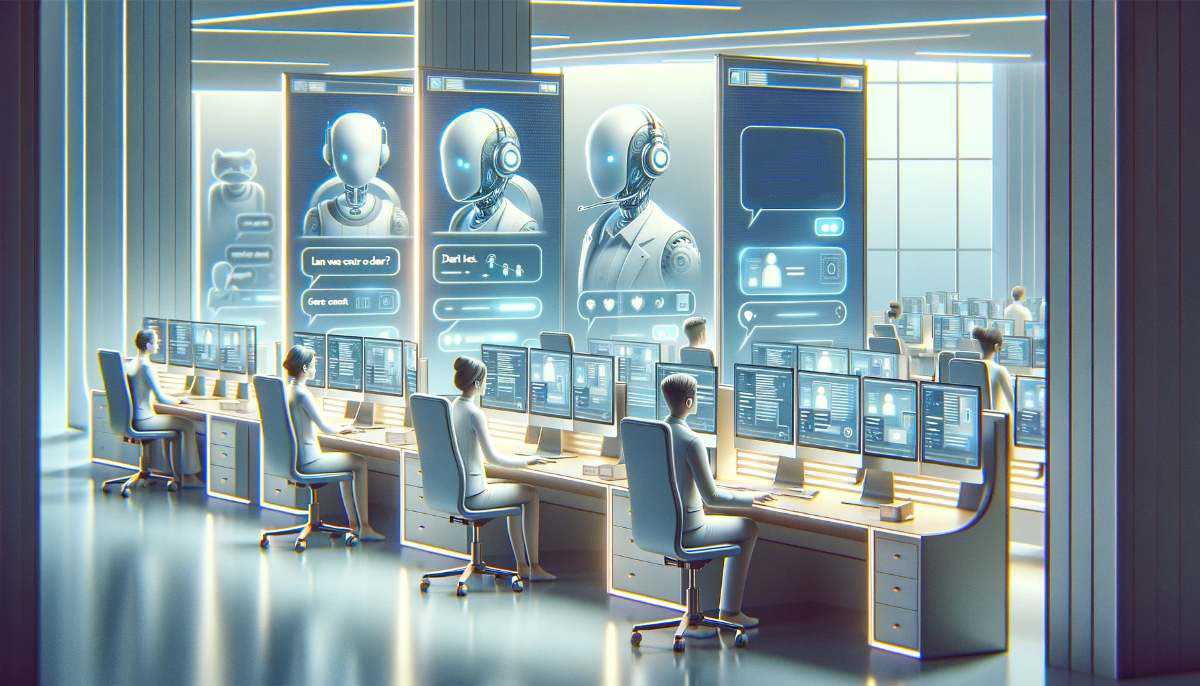
Reducing labor expenses is a significant benefit of implementing AI chatbots in customer support. Labor costs are a substantial part of customer service expenses, and chatbots can help mitigate these by taking over tasks traditionally performed by human agents. This not only saves on salaries but also on associated costs such as training, benefits, and the infrastructure required to support a large team of human agents.
For instance, chatbots can handle a high volume of inquiries at a much lower cost than human agents. They’re available 24/7 and they reduce customer wait times even at peak hours. This constant availability is a costly proposition when dealing with human agents, but that’s not the case with chatbots. They work just as well in the middle of the night as they do during the work day, driving human capital costs way down with only small cost increases as your bot needs grow.
Moreover, chatbots don’t need breaks, sick leaves, or holidays, hence reducing the cost of resource replacements. They are very efficient in helping customers find answers to queries, resulting in a lesser number of incoming calls, improved efficacy, and lesser operational cost.
“Reducing labor expenses is a significant benefit of implementing AI chatbots in customer support. Labor costs are a substantial part of customer service expenses, and chatbots can help mitigate these by taking over tasks traditionally performed by human agents.”
In terms of statistics, it’s predicted that bots will reduce agent labor costs by as much as $80BN in 2026. This is a significant saving, considering that the technology only currently automates a small percentage of these conversations. By implementing chatbots, businesses can save around 30% or more, which will give substantial savings per year.
However, it’s important to note that while chatbots can handle routine inquiries effectively, they may not be as adept at handling complex or unique customer issues. These situations may still require the attention of human agents. Therefore, while chatbots can significantly reduce labor expenses, they are not a complete replacement for human customer service agents. Instead, they should be viewed as a tool that can complement and enhance the capabilities of a human customer service team.
Minimizing Agent Turnover

High turnover rates in customer support roles can indeed be a significant expense for businesses. The costs associated with hiring, training, and the lost productivity during the transition period can add up quickly. However, the introduction of AI chatbots in customer support can help alleviate these costs by reducing the pressure on human agents.
Chatbots are capable of handling a large volume of repetitive tasks that are common in customer support roles. These tasks, such as answering frequently asked questions or guiding customers through standard procedures, can often lead to job dissatisfaction among human agents. The monotony of these tasks can contribute to burnout, which is a common reason for turnover in customer support roles.
“High turnover rates in customer support roles can indeed be a significant expense for businesses. However, the introduction of AI chatbots can help alleviate these costs.”
By automating these repetitive tasks, chatbots can free up human agents to focus on more complex and engaging tasks. This can lead to greater job satisfaction among human agents, as they are able to use their skills and expertise more effectively. For example, instead of spending their time answering the same questions over and over, agents can focus on resolving complex customer issues or providing personalized service. This can make the role more fulfilling and lead to longer tenures.
Longer tenures among customer support agents can result in significant cost savings for businesses. The costs associated with hiring and training new staff are substantial. These include not only the direct costs of recruitment and training but also the indirect costs of lost productivity during the transition period. By reducing turnover, businesses can avoid these costs.
Furthermore, experienced agents are often more effective and efficient than new hires. They have a deeper understanding of the company’s products and services, and they are better equipped to resolve complex customer issues. This can lead to improved customer satisfaction and loyalty, which can have a positive impact on the company’s bottom line.
Enhancing Customer Experience
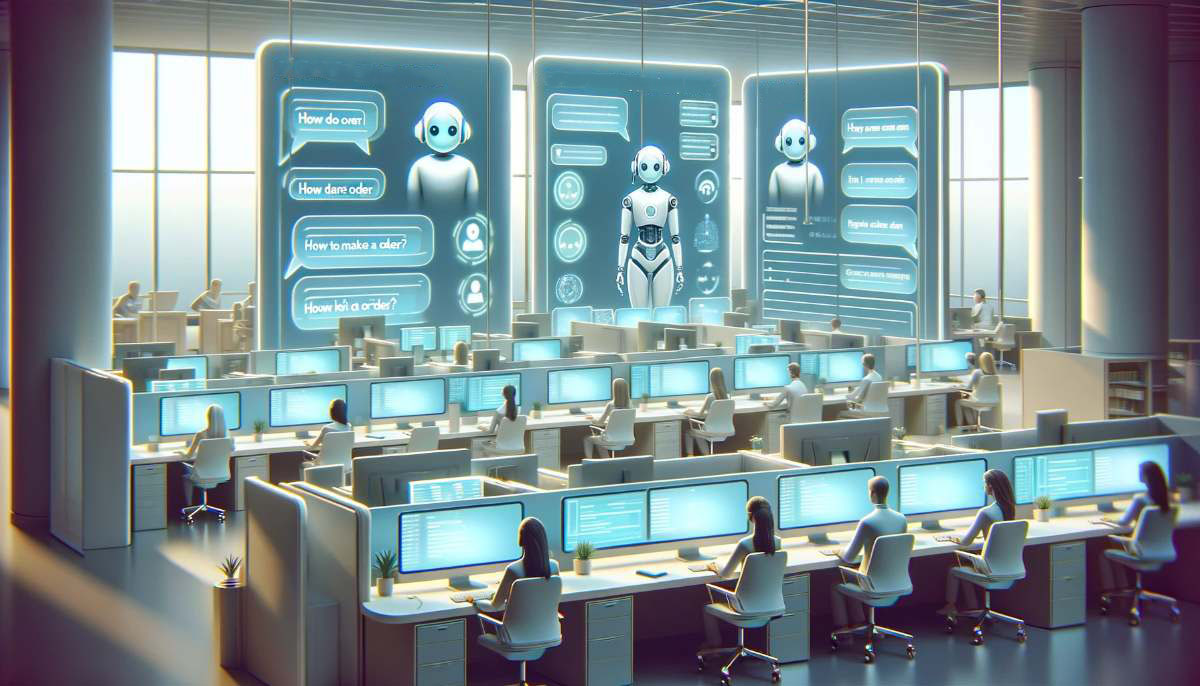
Enhancing the customer experience is a key benefit of implementing AI chatbots in customer support. One of the main pain points for customers when dealing with customer support is long wait times. These can lead to frustration and negative experiences, which in turn can result in customer churn.
Chatbots, however, can provide instant responses to customer inquiries. For example, if a customer has a simple question about a product or service, they can get an immediate answer from a chatbot, rather than waiting for a human agent to become available. This can significantly reduce wait times and improve the overall customer experience.
“Enhancing the customer experience is a key benefit of implementing AI chatbots in customer support. One of the main pain points for customers when dealing with customer support is long wait times. These can lead to frustration and negative experiences, which in turn can result in customer churn.”
The impact of this improved customer experience can be significant. Satisfied customers are more likely to remain loyal to a company, leading to higher retention rates. They are also more likely to refer the company to others, leading to new customer acquisitions. Both of these factors can contribute to long-term revenue gains.
Moreover, satisfied customers are more likely to become advocates for a company. They may leave positive reviews, share their experiences on social media, or recommend the company to their friends and family. This kind of advocacy can be incredibly valuable, as word-of-mouth recommendations are often more trusted and influential than traditional advertising.
In addition to these benefits, improving the customer experience can also lead to cost savings. Retaining existing customers is often more cost-effective than acquiring new ones. By reducing customer churn, companies can save on the costs associated with customer acquisition. Furthermore, by improving the customer experience, companies can also reduce the number of customer complaints and returns, which can also lead to cost savings.
Scalability
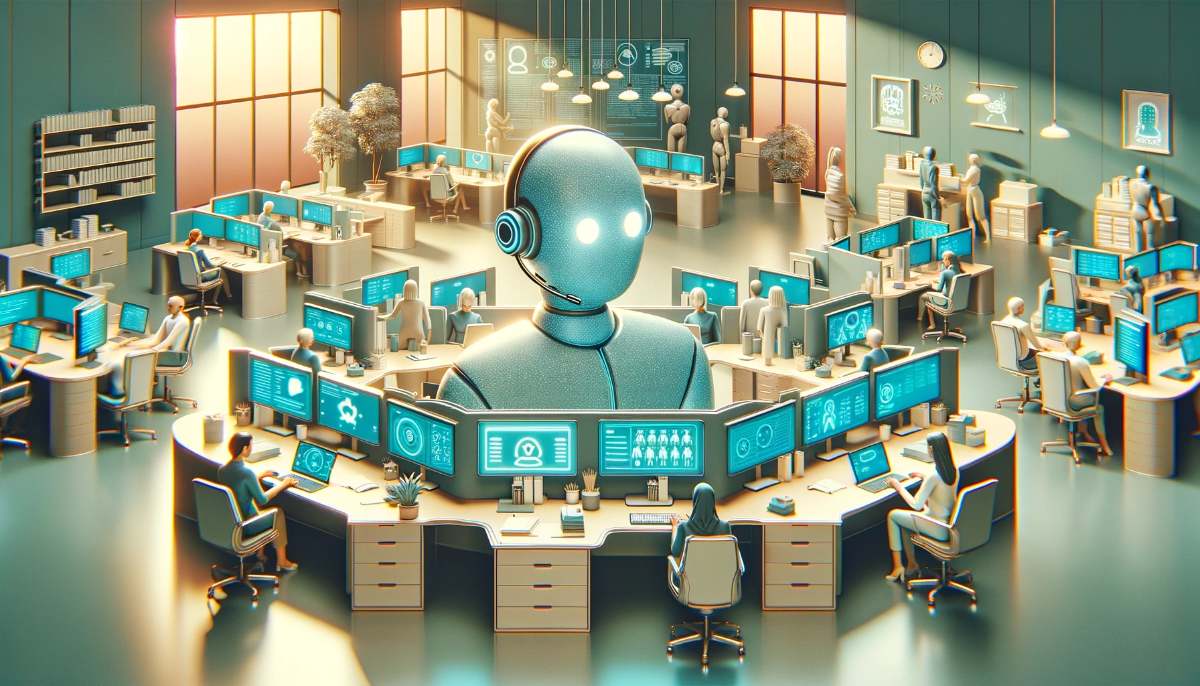
Scalability is a critical aspect of customer support that AI chatbots address effectively. As a business expands, the volume of customer interactions is likely to surge. Traditional customer support models require hiring more staff to manage this increase, which can be both costly and time-consuming. However, AI chatbots can manage a growing number of interactions without a corresponding increase in human resources.
“Scalability is a critical aspect of customer support that AI chatbots address effectively. As a business expands, the volume of customer interactions is likely to surge.”
For example, during a product launch or a seasonal peak, a company might experience a sudden spike in customer inquiries. If the company relies solely on human agents, it would need to rapidly hire and train new staff to cope with the demand, which is not always feasible. AI chatbots, on the other hand, can be quickly configured to handle the additional load, ensuring that customer service remains responsive and efficient.
Moreover, chatbots are not limited by the physical constraints that human agents face, such as working hours or the number of queries they can handle at once. A single chatbot can engage with hundreds or even thousands of customers simultaneously, providing instant responses to their queries. This level of responsiveness is not only beneficial for customer satisfaction but also for the company’s operational efficiency.
In the context of long-term growth, the scalability of AI chatbots becomes even more pronounced. As the business continues to grow, the chatbot system can be expanded and refined to accommodate new products, services, and types of inquiries. This adaptability ensures that the customer support system evolves in tandem with the business, without the need for continuous investment in additional human support staff.
ROI and Cost Savings
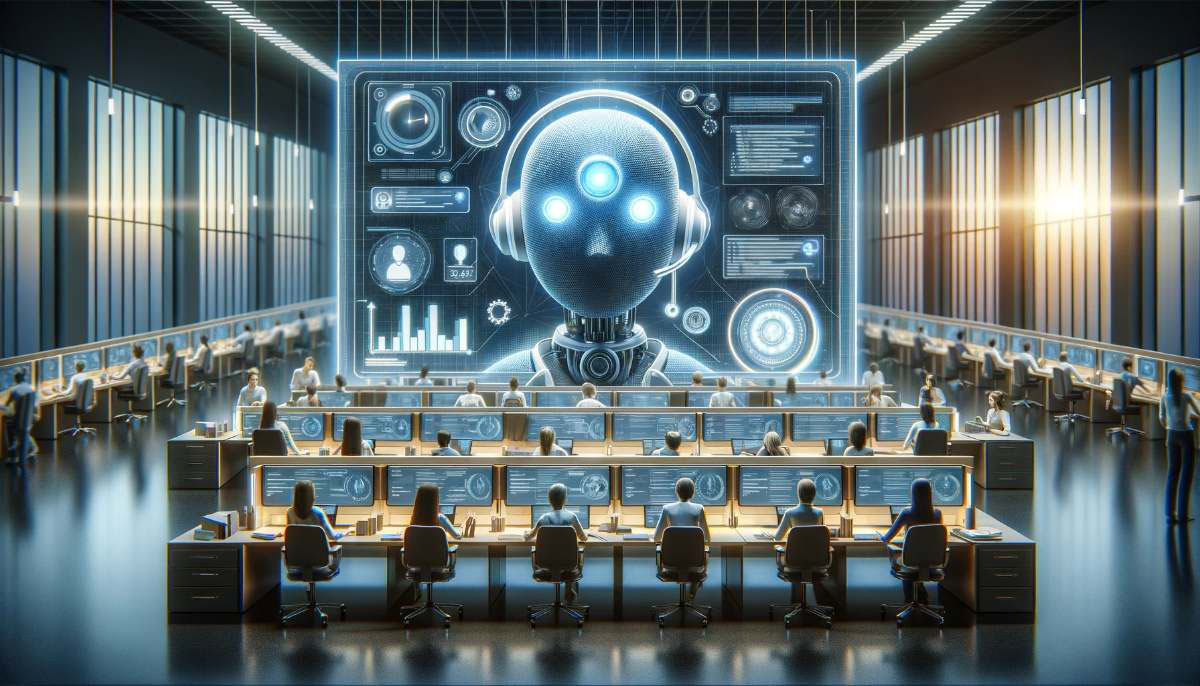
The return on investment (ROI) for implementing AI chatbots in customer support can indeed be substantial. This is primarily due to the significant cost savings that chatbots can provide compared to traditional customer support models.
Consider the average cost per query when handled by a live agent. Depending on the complexity of the query and the time it takes to resolve, this can range from $5 to $12. This cost includes the agent’s salary, the infrastructure required to support the agent, and any associated overheads.
Now, compare this to the cost per query when handled by a virtual agent or chatbot. This cost can be as low as $1. The chatbot can handle multiple queries simultaneously, 24/7, without the need for breaks or time off. The cost savings here are clear and substantial.
“The return on investment (ROI) for implementing AI chatbots in customer support can indeed be substantial. This is primarily due to the significant cost savings that chatbots can provide compared to traditional customer support models.”
In terms of ROI, the savings from implementing chatbots can be significant. For example, if a company spends $100,000 on implementing a chatbot system and this results in annual savings of $1,000,000 in customer support costs, that’s an ROI of 900%. This is a hypothetical example, but it illustrates the potential ROI that can be achieved with chatbots.
However, it’s important to note that the actual ROI will depend on a variety of factors, including the volume of customer interactions, the complexity of the queries, and the cost of implementing and maintaining the chatbot system. It’s also worth noting that while chatbots can provide significant cost savings, they should not be seen as a complete replacement for human agents. Instead, they should be used to complement and enhance the capabilities of human agents, allowing them to focus on more complex and high-value tasks.
Conclusion
AI chatbots have proven to be a transformative force, offering cost-effective solutions and enhancing customer experiences. They excel in automating routine inquiries, which often comprise the bulk of customer questions, allowing human agents to tackle more complex issues. This shift not only optimizes the workforce but also leads to significant cost savings by reducing the need for a large number of live agents.
Labor expenses, a major component of customer support costs, are curtailed as chatbots take over tasks usually performed by call center agents. This results in savings on salaries, training, benefits, and infrastructure. Moreover, chatbots contribute to minimizing agent turnover by alleviating the monotony of repetitive tasks, leading to greater job satisfaction and longer tenures, which in turn cuts costs associated with hiring and training new staff.
Customer experience is notably enhanced as chatbots provide instant responses, reducing wait times and potentially increasing customer retention, loyalty, and advocacy. Furthermore, chatbots offer scalability, easily handling increased customer interactions as businesses grow without the need for proportional increases in human resources.
Lastly, the ROI and cost savings from chatbots can be impressive, with some cases showing an ROI of over 1000%. By reducing per-query costs significantly, chatbots present substantial long-term financial benefits. In summary, AI chatbots are not just a support tool but a strategic asset for businesses aiming to improve customer support while managing costs effectively.
If you like this post, check out other AI-related articles:
How can AI tools improve your overall marketing strategy
How can automated ticket routing improve customer satisfaction


